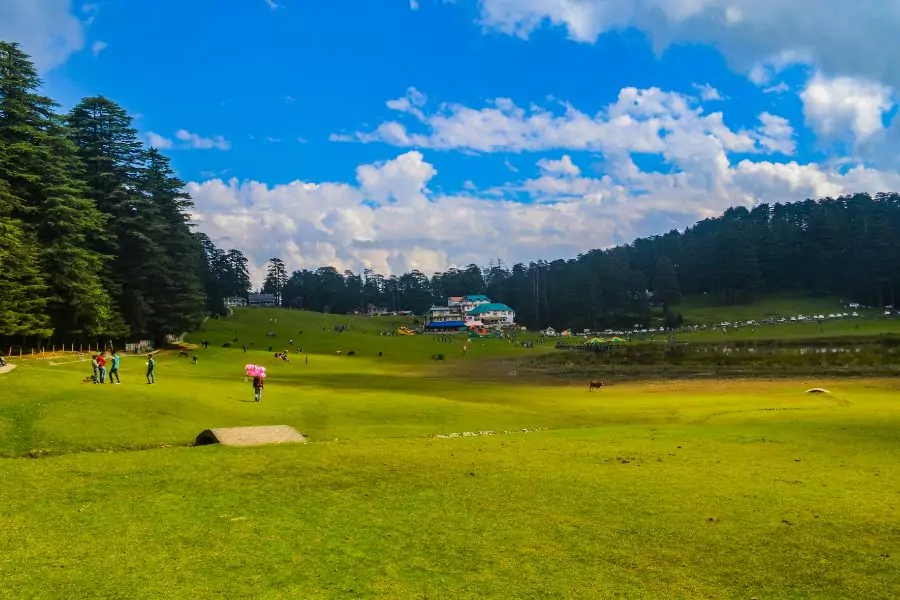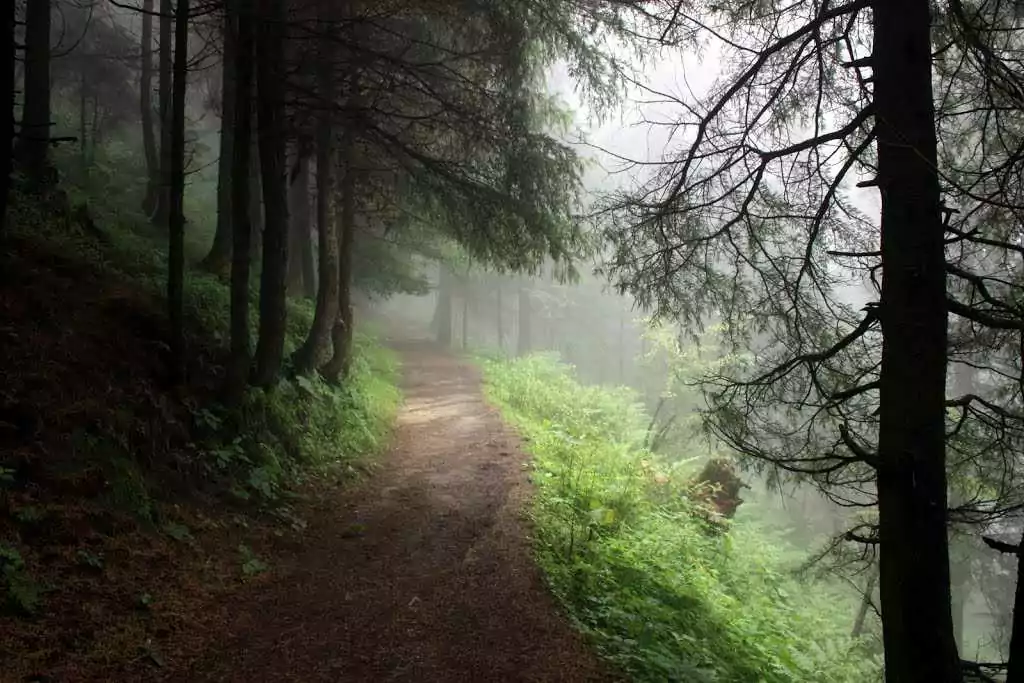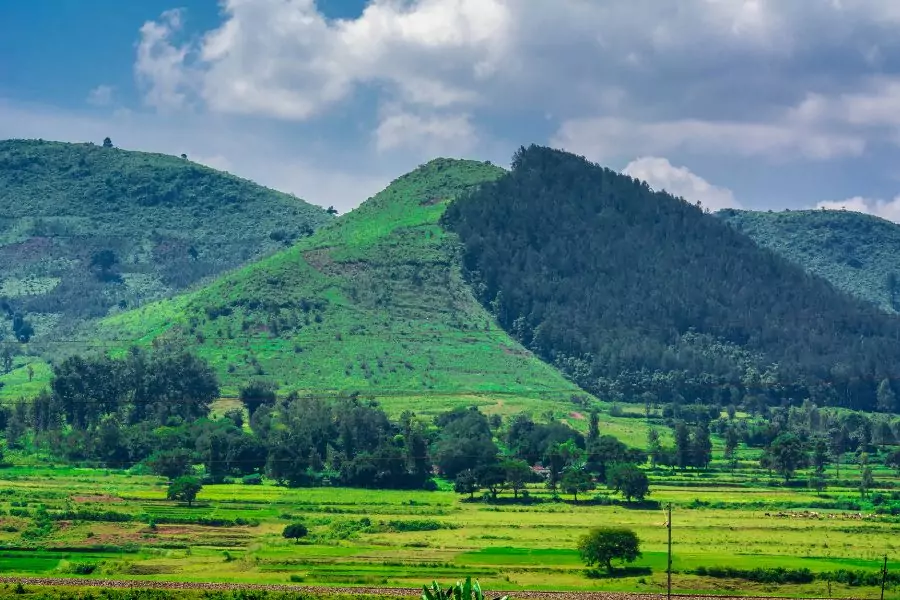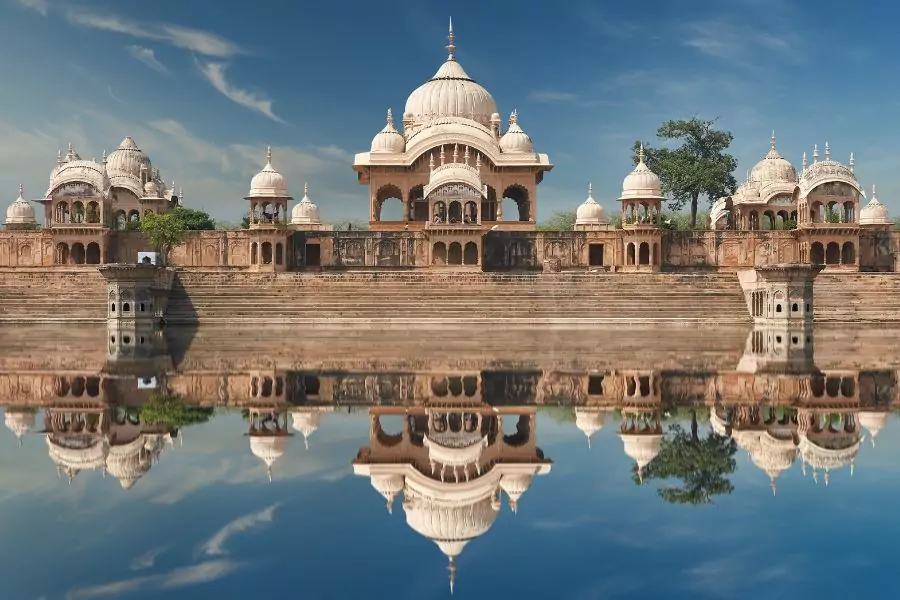10 Places to Visit Chamba – Nearby Activities, Activities, Travel Tips

Top Places to Visit Chamba, nestled in the scenic hills of Himachal Pradesh, India, is a charming town known for its rich cultural heritage and breathtaking landscapes. With its ancient temples, vibrant festivals, and natural beauty, Chamba offers a diverse range of attractions for every traveler. Whether you’re an adventure seeker, history buff, or nature lover, Chamba has something to captivate your interest.
Overview of Chamba
Chamba is renowned for its historical significance, picturesque surroundings, and unique art forms. The town’s strategic location on the banks of the Ravi River enhances its scenic allure. It serves as an ideal destination for those looking to escape the hustle and bustle of city life and immerse themselves in nature and tradition.
Historical Significance
Founded in the 6th century by King Sahil Varman, Chamba has a rich historical tapestry. It was once a princely state and retains many historical monuments and artifacts from its royal past. The town’s ancient temples and palaces reflect its historical grandeur.
Location and Accessibility
Chamba is located in the Chamba district of Himachal Pradesh, about 50 kilometers from Dalhousie and 120 kilometers from Pathankot. The town is accessible by road, with regular bus services and taxi options available. The nearest railway station is in Pathankot, and the nearest airport is in Dharamshala.
Top Attractions in Chamba
1. Lakshmi Narayan Temple

Overview and History
The Lakshmi Narayan Temple is an ancient Hindu temple dedicated to Lord Vishnu and his consort Lakshmi. Built in the 10th century, it showcases classic Chamba architecture with intricate woodwork and stone carvings.
Architectural Features
The temple’s design features a distinctive blend of Indo-Aryan and Shikhara styles. The beautifully carved wooden ceilings and stone sculptures are highlights of this sacred site.
2. Chamba Church

Historical Background
Built during the British era, the Chamba Church is a stunning example of colonial architecture. It serves as a reminder of the diverse cultural influences that have shaped Chamba.
Architectural Style
The church features Gothic-style arches and stained glass windows, offering a contrast to the traditional Indian temples in the area.
3. Bhuri Singh Museum

Exhibits and Collections
The Bhuri Singh Museum houses a rich collection of artifacts, including ancient sculptures, manuscripts, and paintings. Named after the former ruler of Chamba, Bhuri Singh, the museum provides valuable insights into the region’s history and culture.
Significance
The museum’s exhibits showcase the artistic and cultural heritage of Chamba, including traditional Chamba paintings and relics from the region’s royal past.
4. Chamba Palace

History and Architecture
The Chamba Palace, also known as the Raja’s Palace, is a historic residence of the Chamba royal family. The palace’s architecture reflects the opulence of the erstwhile princely state.
Current Status
While parts of the palace are still used by the royal family, some sections are open to visitors, providing a glimpse into the grandeur of Chamba’s royal heritage.
5. Sui Math Temple
Historical Significance
The Sui Math Temple is a revered shrine dedicated to the local deity Sui Mata. The temple is an important pilgrimage site for locals and showcases traditional Chamba temple architecture.
Unique Features
The temple’s simple yet elegant design and its serene surroundings make it a peaceful place for reflection and worship.
6. Chamunda Devi Temple

Religious Importance
Dedicated to Goddess Chamunda, this temple is situated on a hilltop offering panoramic views of the surrounding landscape. It is an important pilgrimage site for devotees seeking blessings from the goddess.
Architecture and Views
The temple’s architecture is typical of the region, with intricate carvings and a vibrant atmosphere. The views from the temple are breathtaking, adding to its spiritual appeal.
7. Khajjiar

Overview
Often referred to as the “Mini Switzerland of India,” Khajjiar is a picturesque meadow located about 22 kilometers from Chamba. It offers stunning views of the surrounding mountains and is a popular spot for picnics and outdoor activities.
Activities
Visitors can enjoy activities like horse riding, zorbing, and nature walks. The lush green meadows and the presence of a small lake enhance the charm of this destination.
8. Kalatop Wildlife Sanctuary

Wildlife and Flora
The Kalatop Wildlife Sanctuary, located about 10 kilometers from Chamba, is home to a variety of wildlife species, including Himalayan black bears, leopards, and several bird species. The sanctuary is also rich in flora, with dense forests and diverse plant life.
Trekking and Exploration
The sanctuary offers several trekking trails that provide opportunities to explore the natural beauty and wildlife of the region. It is a haven for nature lovers and adventure enthusiasts.
9. Rang Mahal

Historical Significance
The Rang Mahal, also known as the Painted Palace, is famous for its vibrant frescoes and historic significance. It was once the residence of the Chamba rulers and is known for its artistic heritage.
Architectural Features
The palace features intricate murals and traditional Chamba art, showcasing the region’s rich artistic traditions.
10. Champavati Temple

Overview
The Champavati Temple is dedicated to Goddess Champavati, an important deity in the region. The temple is known for its historical and religious significance.
Features
The temple’s architecture and serene surroundings make it a peaceful place for worship and contemplation.
Visiting Chamba
Best Time to Visit
The ideal time to visit Chamba is from April to June and September to November when the weather is pleasant and conducive to sightseeing. Winters can be quite cold, and the monsoon season may bring heavy rainfall.
Entry Fees and Timings
Many attractions in Chamba, such as temples and museums, have nominal entry fees or are free to visit. Check the specific timings for each site before planning your visit.
Guided Tours and Accessibility
Guided tours are available and can enhance your experience by providing detailed insights into the history and significance of the attractions. Chamba is accessible by road, with local transportation options including taxis and buses.
Accommodation Options
Chamba offers a range of accommodation options, from budget hotels to more luxurious stays. Choose a place that suits your preferences and is conveniently located for exploring the town and its attractions.
Activities and Experiences
Exploring Historical Sites
Take time to explore Chamba’s historical sites, including temples, palaces, and museums. Each site offers a unique perspective on the town’s rich heritage.
Photography Tips
Capture the beauty of Chamba’s landscapes and historical sites by considering lighting and angles. Respect any restrictions on photography, especially in religious sites.
Nearby Activities and Excursions
In addition to exploring Chamba, consider excursions to nearby destinations such as Dalhousie and Khajjiar. These locations offer additional natural beauty and outdoor activities.
Travel Tips
What to Pack
Pack comfortable clothing and sturdy footwear for exploring Chamba. Include essentials such as sunscreen, a hat, and a camera for capturing memories.
Safety Precautions
Follow local safety guidelines and be cautious while exploring remote areas or trekking trails. Stay informed about weather conditions and road safety.
Local Etiquette
Respect local customs and traditions, especially when visiting religious sites. Dress modestly and follow any guidelines provided by site authorities.
Conclusion
Chamba, with its rich history, architectural marvels, and natural beauty, is a treasure trove for travelers. From ancient temples and royal palaces to scenic meadows and wildlife sanctuaries, Chamba offers diverse experiences that cater to every interest. A visit to this charming town promises a memorable journey through time, culture, and nature.
FAQs
What is the best time to visit Chamba?
The best time to visit Chamba is from April to June and September to November when the weather is pleasant.
Are there any entry fees for visiting Chamba’s attractions?
Many attractions have nominal entry fees or are free to visit. Check specific timings and fees for each site before planning your visit.
What are the must-see attractions in Chamba?
Must-see attractions include the Lakshmi Narayan Temple, Chamba Church, Bhuri Singh Museum, and Khajjiar.
Is Chamba accessible by public transport?
Yes, Chamba is accessible by road with regular bus services and taxis. The nearest railway station is in Pathankot, and the nearest airport is in Dharamshala.
What should I pack for a trip to Chamba?
Pack comfortable clothing, sturdy footwear, sunscreen, and a camera. Dress modestly when visiting religious sites and be prepared for varying weather conditions.


